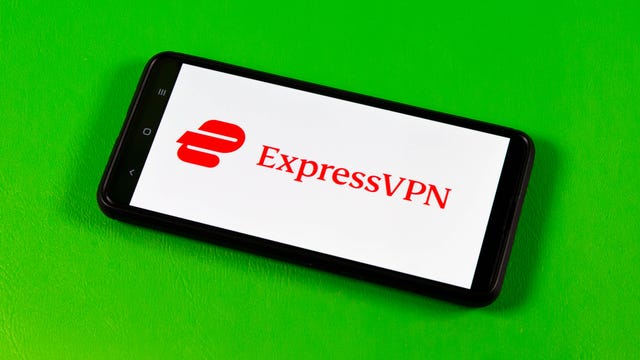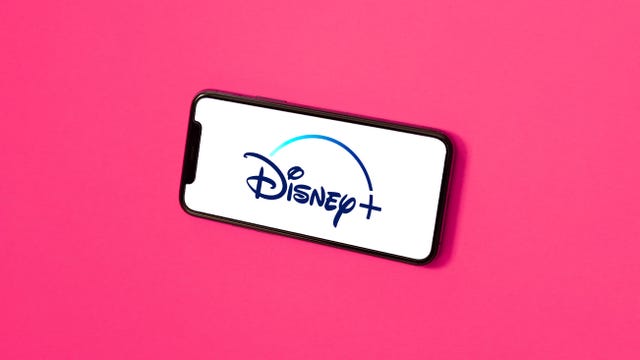Technologies
‘Secret Invasion’: How to Stream the Marvel Series From Anywhere
The latest Marvel Cinematic Universe TV series sees Samuel L. Jackson return as Nick Fury.
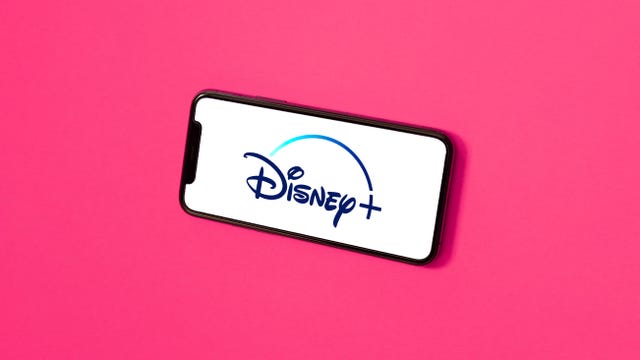
Comic book fans are hoping Secret Invasion, the first Phase 5 Marvel Cinematic Universe series to arrive on Disney Plus, hits the mark after a string of so-so recent TV and movie offerings from the normally reliable franchise.
Based on the espionage-themed comic book series of the same name, the new show sees Samuel L. Jackson reprise his role as ex-SHIELD director Nick Fury as he and his allies attempt to thwart an invasion of Earth by shape-shifting aliens the Skrulls. It makes its debut Wednesday.
It boasts a star-packed cast that also includes Oscar winner Olivia Colman, Don Cheadle, Martin Freeman, Game of Thrones’ Emilia Clarke and Rogue One’s Ben Mendelsohn. The series comes after disappointing reviews for the recent show She-Hulk and movie Ant-Man and the Wasp: Quantumania.
Our streaming guide below lets you see for yourself if Secret Invasion is another step in the right direction for Disney after the excellent Guardians of the Galaxy Vol. 3. Plus, you’ll learn how a virtual private network can come in handy while you stream.
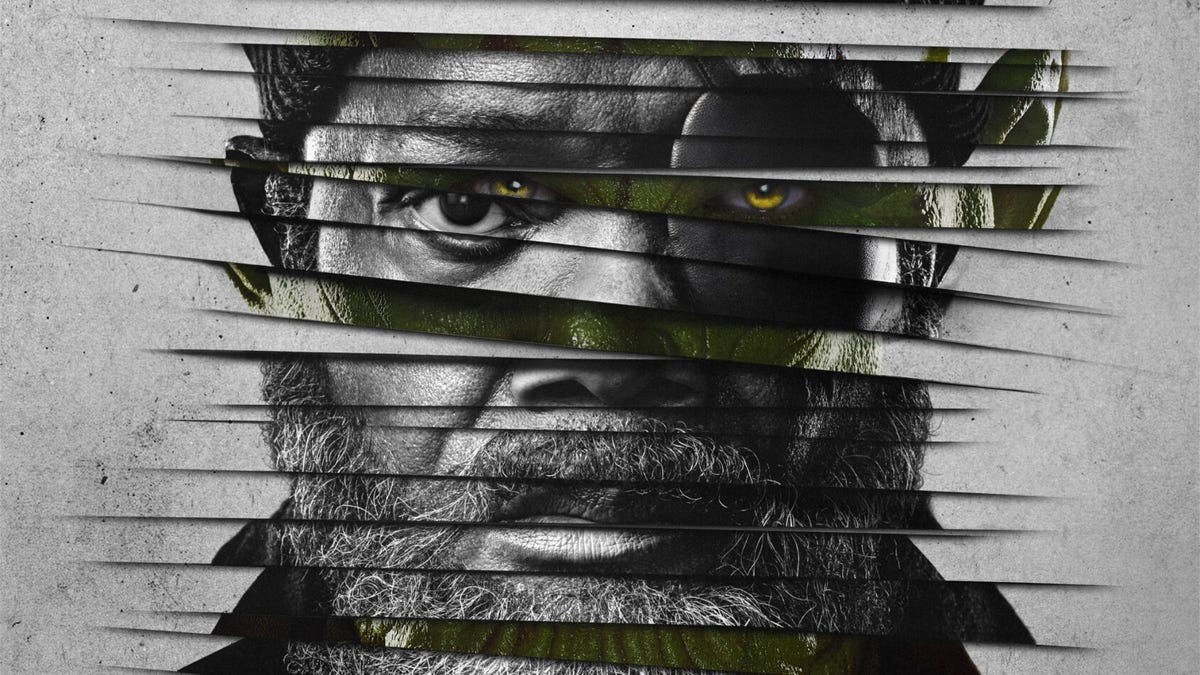
When is Secret Invasion released?
The first episode of this new Marvel Cinematic Universe TV series will drop on Disney Plus on June 21 at 12:01 a.m. PT (3:01 a.m. ET and 8 a.m. BST in the UK). It’s in most regions where Disney Plus is available. New episodes are set to drop at the same time on the service every Wednesday.
If you aren’t a Disney Plus subscriber but want to be, there’s an ad-supported and ad-free plan to choose from. Your subscription gives you access to the entire Marvel Cinematic Universe, if a catch-up is in order.
Read more: Best Streaming Services of 2023
How to watch Secret Invasion from anywhere on VPN
So what if you’re traveling outside your home country and want to enjoy the TV series or want an added layer of privacy for streaming? There’s an option that doesn’t require searching the internet for a sketchy website: You can use a VPN, or virtual private network.
With a VPN, you’re able to virtually change your location on your phone, tablet or laptop to access the show. If you find yourself unable to watch locally, a VPN can come in handy. It’s also a great idea for when you’re traveling and find yourself connected to a Wi-Fi network and want to add an extra layer of privacy for your devices and log-ins.
Most VPNs, like CNET’s Editors’ Choice, ExpressVPN, make it easy to virtually change your location. Looking for other options? Be sure to check out some of the other great VPN deals.
ExpressVPN is our current best VPN pick for people who want a reliable and safe VPN, and it works on a variety of devices. It’s normally $13 per month. But you can save 49% plus get three months of access for free — the equivalent of $6.67 per month — if you get an annual subscription.
Note that ExpressVPN offers a 30-day money-back guarantee.
Watch Secret Invasion in the US, UK, Canada and Australia on Disney Plus
Secret Invasion is available to stream on Disney Plus in the US, UK, Canada and Australia.
For US viewers, the basic tier costs $8 a month and includes ads, while the premium, ad-less tier costs $11 a month. If you’re interested in getting Hulu or ESPN Plus along with your Disney Plus, you can pay for a bundle and save (a plan bundling the ad-supported versions of Disney Plus, Hulu and ESPN Plus is $13 a month, for example). Disney, Pixar, Marvel, Star Wars and National Geographic are found on the Disney Plus streamer.
-
In Canada, the service costs $12 a month or $120 for the year.
-
Film fans in the UK can watch Avatar: The Way of Water on Disney Plus, where it currently costs £8 a month but doesn’t currently offer a free trial. You can, however, subscribe for a year and save 16%.
-
Fans in Australia get Disney Plus for AU$14 per month or AU$140 per year.
Tips for streaming Secret Invasion using a VPN
- With four variables at play — your ISP, browser, video streaming provider and VPN — experience and success may vary.
- If you don’t see your desired location as a default option for ExpressVPN, try using the «search for city or country» option.
- If you’re having trouble viewing after you’ve turned on your VPN and set it to the correct viewing area, there are two things you can try for a quick fix. First, log in to your streaming service subscription account and make sure the address registered for the account is located in the correct viewing area. If not, you may need to change the physical address on file with your account. Second, some smart TVs — like Roku — don’t have VPN apps you can install directly on the device itself. Instead, you’ll have to install the VPN on your router or the mobile hotspot you’re using (like your phone) so that any device on its Wi-Fi network now appears in the correct viewing location.
- All the VPN providers we recommend have helpful instructions on their main site for quickly installing the VPN on your router. In some cases with smart TV services, after you install a network’s app, you’ll be asked to verify a numeric code or click a link sent to your email address on file for your smart TV. This is where having a VPN on your router will also help, since both devices will appear to be in the correct location.
- And remember, browsers can often give away a location despite using a VPN, so be sure you’re using a privacy-first browser to log in to your services. We normally recommend Brave.
Technologies
Today’s NYT Strands Hints, Answers and Help for Dec. 31 #668
Here are hints and answers for the NYT Strands puzzle for Dec. 31, No. 668.
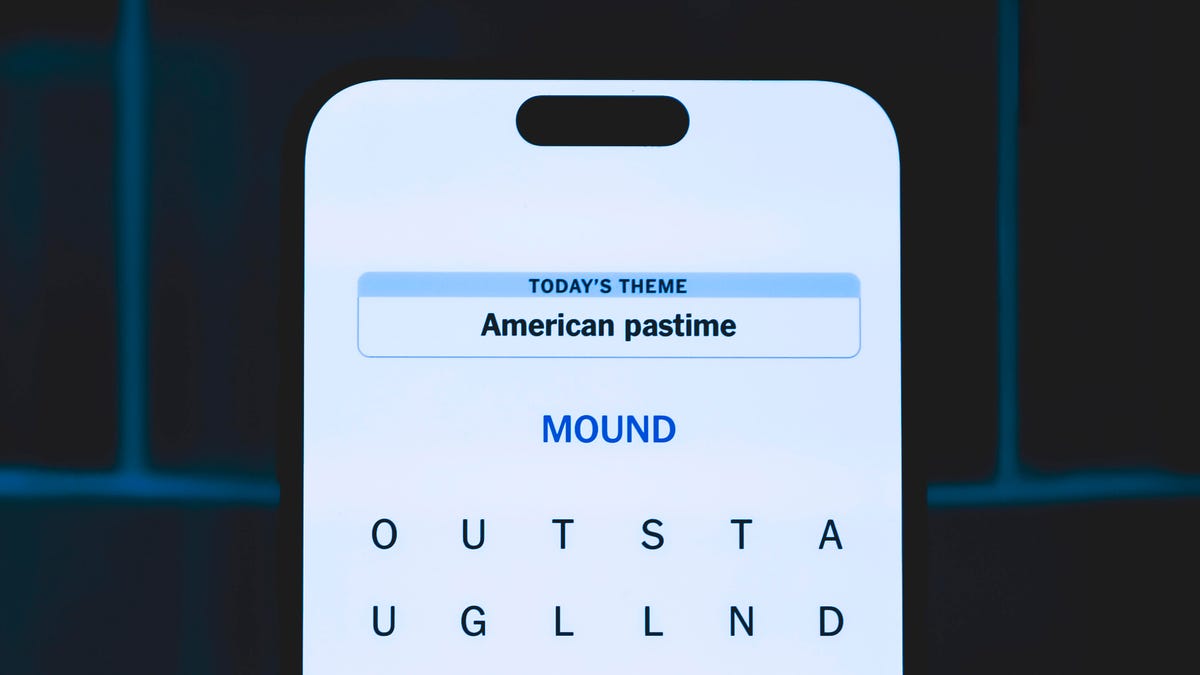
Looking for the most recent Strands answer? Click here for our daily Strands hints, as well as our daily answers and hints for The New York Times Mini Crossword, Wordle, Connections and Connections: Sports Edition puzzles.
Today’s NYT Strands puzzle could be a challenge. Some of the answers are difficult to unscramble, so if you need hints and answers, read on.
I go into depth about the rules for Strands in this story.
If you’re looking for today’s Wordle, Connections and Mini Crossword answers, you can visit CNET’s NYT puzzle hints page.
Read more: NYT Connections Turns 1: These Are the 5 Toughest Puzzles So Far
Hint for today’s Strands puzzle
Today’s Strands theme is: One good turn deserves another.
If that doesn’t help you, here’s a clue: A merry-go-round does this.
Clue words to unlock in-game hints
Your goal is to find hidden words that fit the puzzle’s theme. If you’re stuck, find any words you can. Every time you find three words of four letters or more, Strands will reveal one of the theme words. These are the words I used to get those hints but any words of four or more letters that you find will work:
- CIRCLER, LORD, TOUT, TOUR, ROUND, WHAT, RIOT
Answers for today’s Strands puzzle
These are the answers that tie into the theme. The goal of the puzzle is to find them all, including the spangram, a theme word that reaches from one side of the puzzle to the other. When you have all of them (I originally thought there were always eight but learned that the number can vary), every letter on the board will be used. Here are the nonspangram answers:
- CIRCLE, SPIN, ORBIT, WHIRL, PIROUETTE, ROTATE
Today’s Strands spangram
Today’s Strands spangram is ROUNDANDROUND. To find it, start with the R that’s three rows in from the far left, down three letters and wind around.
Don’t miss any of our unbiased tech content and lab-based reviews. Add CNET as a preferred Google source.
Technologies
Today’s NYT Mini Crossword Answers for Wednesday, Dec. 31
Here are the answers for The New York Times Mini Crossword for Dec. 31.

Looking for the most recent Mini Crossword answer? Click here for today’s Mini Crossword hints, as well as our daily answers and hints for The New York Times Wordle, Strands, Connections and Connections: Sports Edition puzzles.
It’s New Year’s Eve, and today’s Mini Crossword offers a couple of fun clues looking back at the past year. Read on for all the answers. And if you could use some hints and guidance for daily solving, check out our Mini Crossword tips.
If you’re looking for today’s Wordle, Connections, Connections: Sports Edition and Strands answers, you can visit CNET’s NYT puzzle hints page.
Read more: Tips and Tricks for Solving The New York Times Mini Crossword
Let’s get to those Mini Crossword clues and answers.
Mini across clues and answers
1A clue: Many a participant in the 2025 «6-7» trend
Answer: KID
4A clue: Like 2025, to the French?
Answer: FINI
5A clue: The last one was minted in 2025
Answer: PENNY
6A clue: The O’s in XOXO
Answer: HUGS
7A clue: «Real» ones became required in 2025
Answer: IDS
Mini down clues and answers
1D clue: No ___ (2025 protest)
Answer: KINGS
2D clue: Travelers’ lodgings
Answer: INNS
3D clue: Home project inits.
Answer: DIY
4D clue: Drake and Kendrick Lamar had a high-profile one
Answer: FEUD
5D clue: The 2025 Super Bowl champion Eagles, on scoreboards
Answer: PHI
Don’t miss any of our unbiased tech content and lab-based reviews. Add CNET as a preferred Google source.
Technologies
Today’s NYT Connections: Sports Edition Hints and Answers for Dec. 31, #464
Here are hints and the answers for the NYT Connections: Sports Edition puzzle for Dec. 31, No. 464.
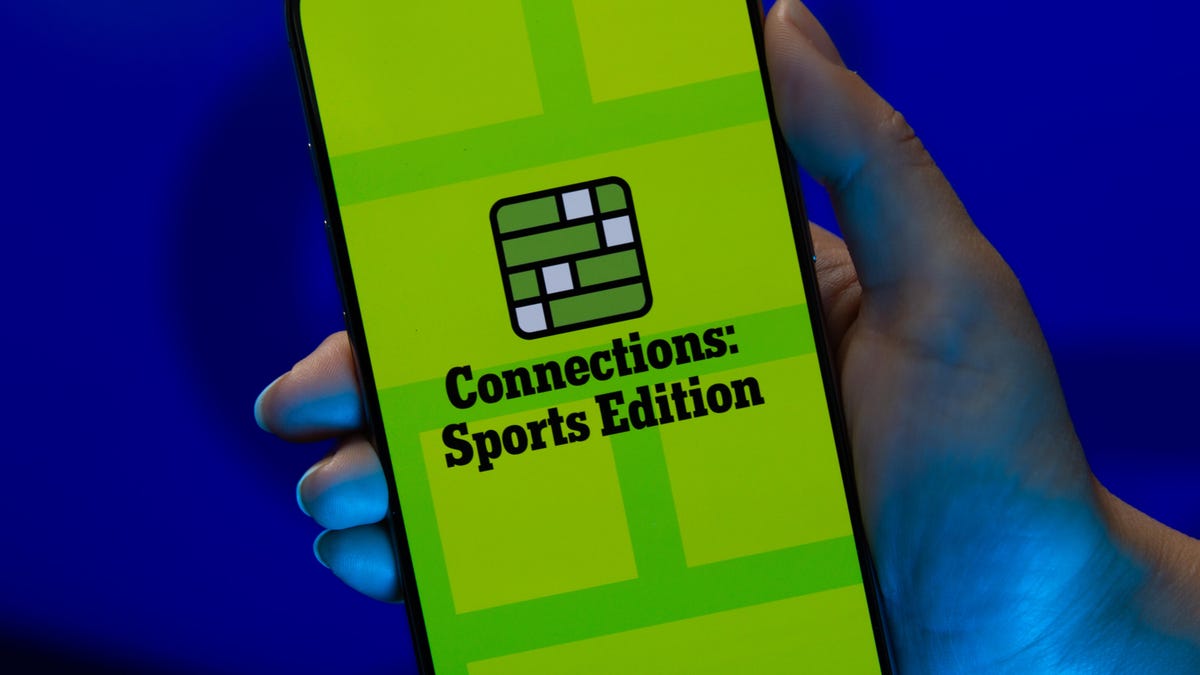
Looking for the most recent regular Connections answers? Click here for today’s Connections hints, as well as our daily answers and hints for The New York Times Mini Crossword, Wordle and Strands puzzles.
It’s New Year’s Eve, and two of today’s Connections: Sports Edition categories look back on the past year in sports. If you’re struggling with today’s puzzle but still want to solve it, read on for hints and the answers.
Connections: Sports Edition is published by The Athletic, the subscription-based sports journalism site owned by The Times. It doesn’t appear in the NYT Games app, but it does in The Athletic’s own app. Or you can play it for free online.
Read more: NYT Connections: Sports Edition Puzzle Comes Out of Beta
Hints for today’s Connections: Sports Edition groups
Here are four hints for the groupings in today’s Connections: Sports Edition puzzle, ranked from the easiest yellow group to the tough (and sometimes bizarre) purple group.
Yellow group hint: Lights, camera, sports!
Green group hint: Best in their sport.
Blue group hint: College sports sites.
Purple group hint: Team names are hidden.
Answers for today’s Connections: Sports Edition groups
Yellow group: Sports films of 2025.
Green group: MVPs of 2025.
Blue group: SEC football stadiums.
Purple group: Starts with an MLB team in singular form.
Read more: Wordle Cheat Sheet: Here Are the Most Popular Letters Used in English Words
What are today’s Connections: Sports Edition answers?
The yellow words in today’s Connections
The theme is sports films of 2025. The four answers are F1, Happy Gilmore, Marty Supreme and The Smashing Machine.
The green words in today’s Connections
The theme is MVPs of 2025. The four answers are A’ja Wilson, Connor Hellebuyck, Shai Gilgeous-Alexander and Shohei Ohtani.
The blue words in today’s Connections
The theme is SEC football stadiums. The four answers are Bryant-Denny, Jordan-Hare, Kyle and Sanford.
The purple words in today’s Connections
The theme is starts with an MLB team in singular form. The four answers are Angel Reese, Ray Allen, Red Auerbach and Tiger Woods.
Don’t miss any of our unbiased tech content and lab-based reviews. Add CNET as a preferred Google source.
-

 Technologies3 года ago
Technologies3 года agoTech Companies Need to Be Held Accountable for Security, Experts Say
-

 Technologies3 года ago
Technologies3 года agoBest Handheld Game Console in 2023
-

 Technologies3 года ago
Technologies3 года agoTighten Up Your VR Game With the Best Head Straps for Quest 2
-

 Technologies4 года ago
Technologies4 года agoBlack Friday 2021: The best deals on TVs, headphones, kitchenware, and more
-

 Technologies4 года ago
Technologies4 года agoVerum, Wickr and Threema: next generation secured messengers
-

 Technologies4 года ago
Technologies4 года agoGoogle to require vaccinations as Silicon Valley rethinks return-to-office policies
-

 Technologies4 года ago
Technologies4 года agoOlivia Harlan Dekker for Verum Messenger
-

 Technologies4 года ago
Technologies4 года agoiPhone 13 event: How to watch Apple’s big announcement tomorrow

